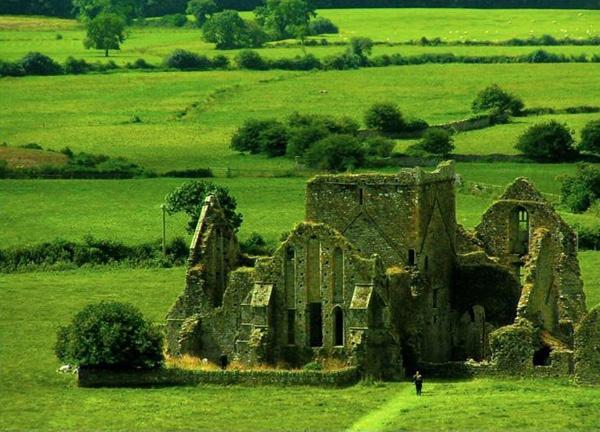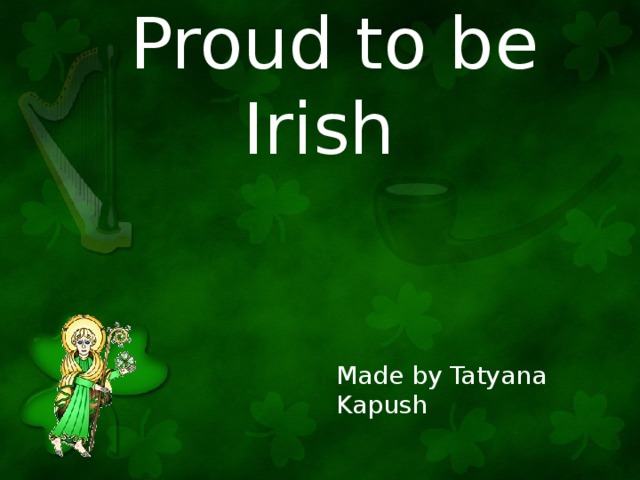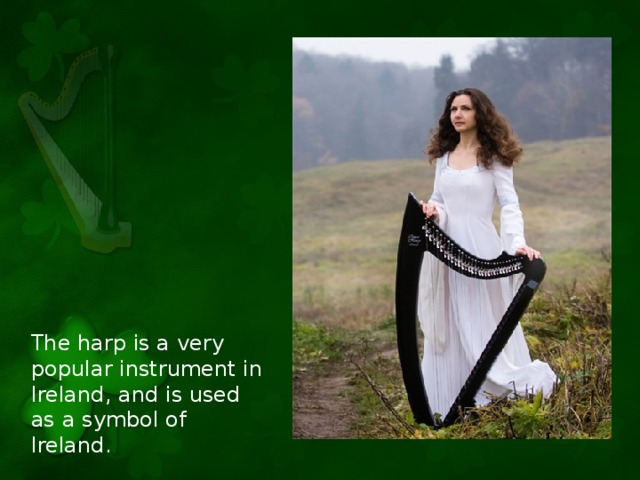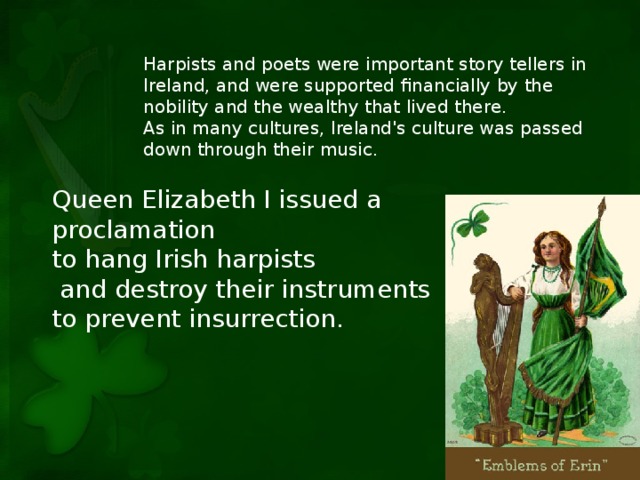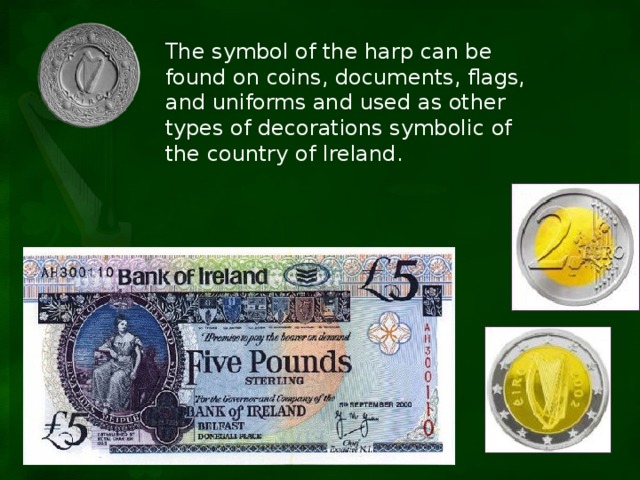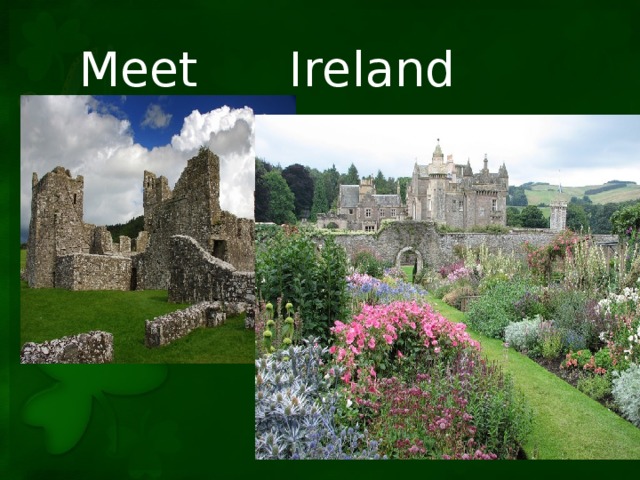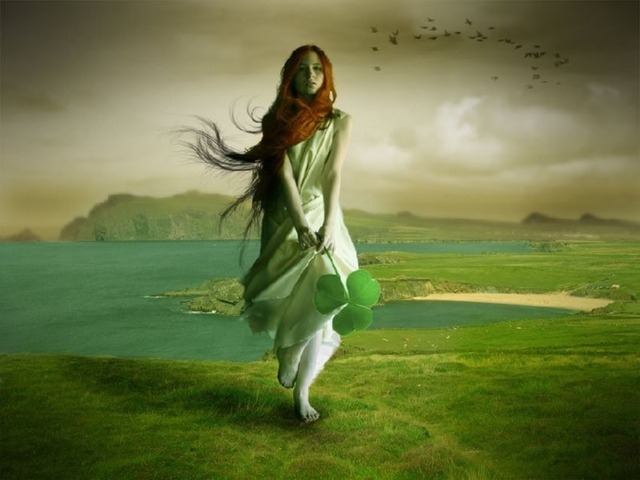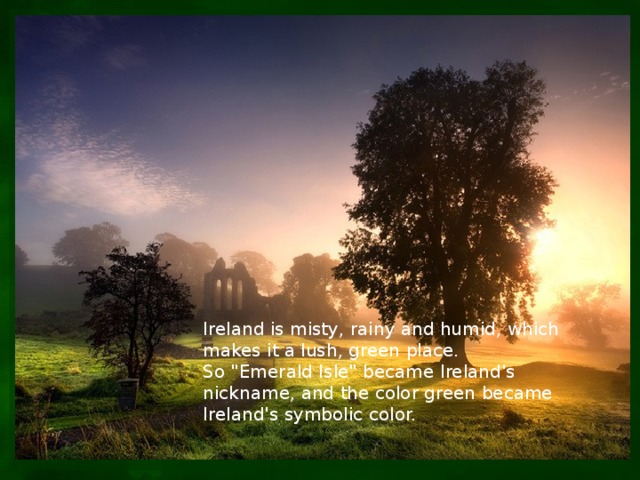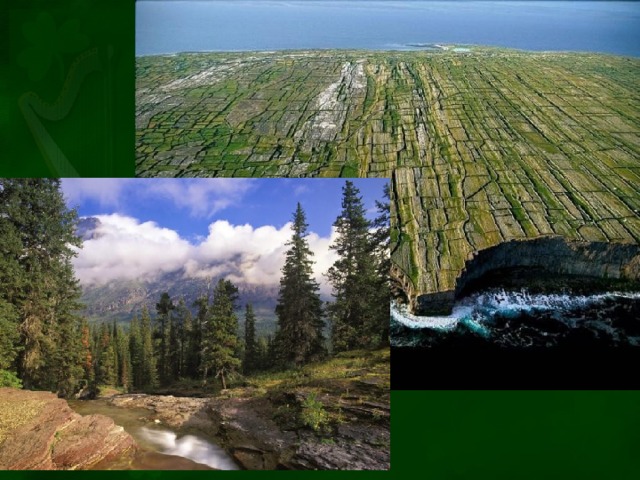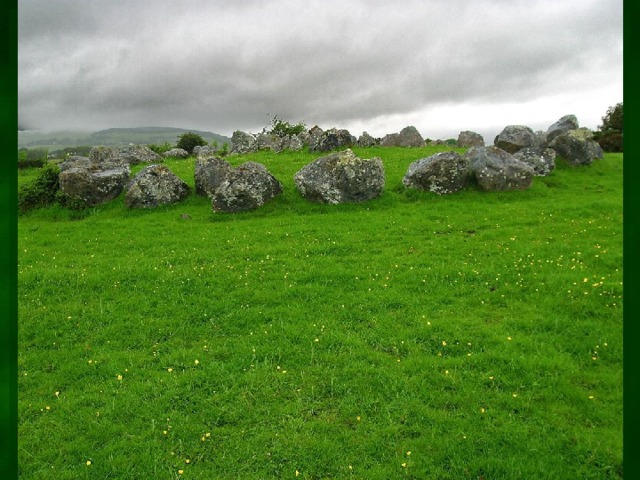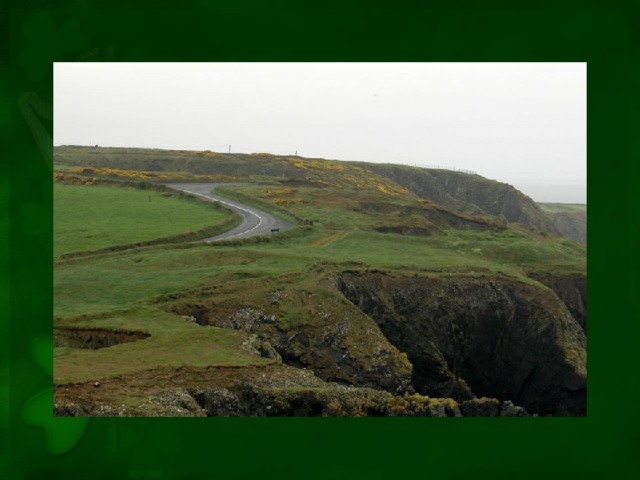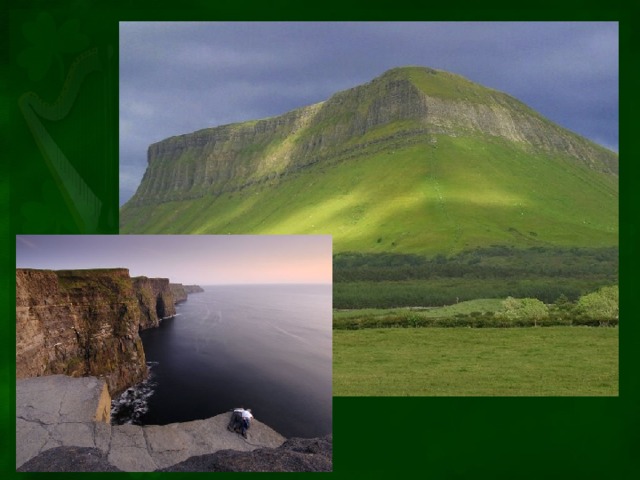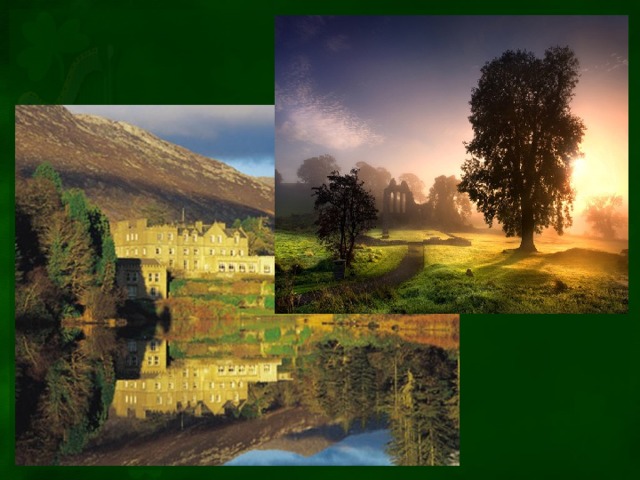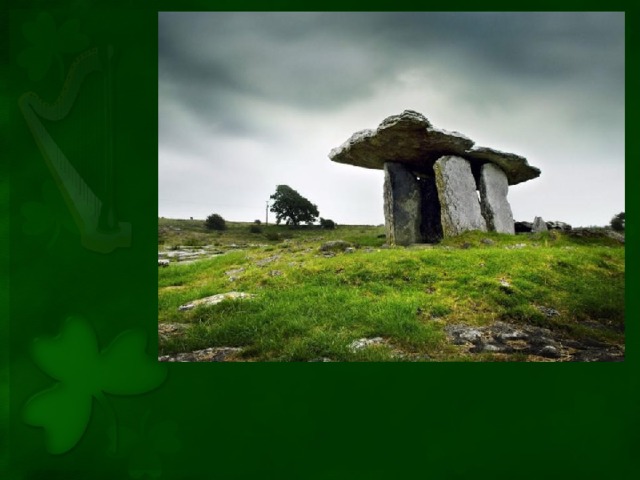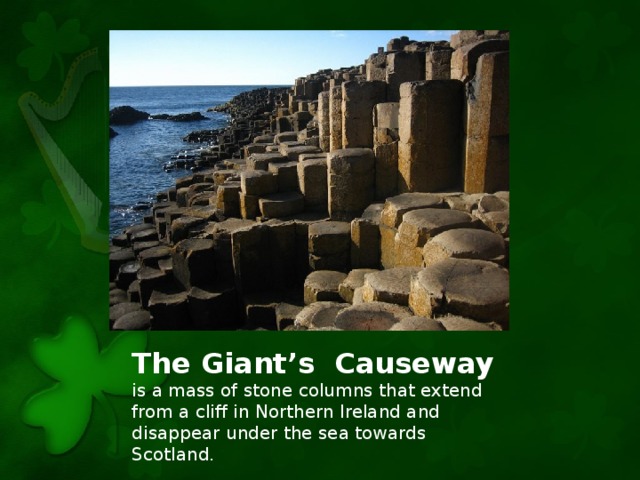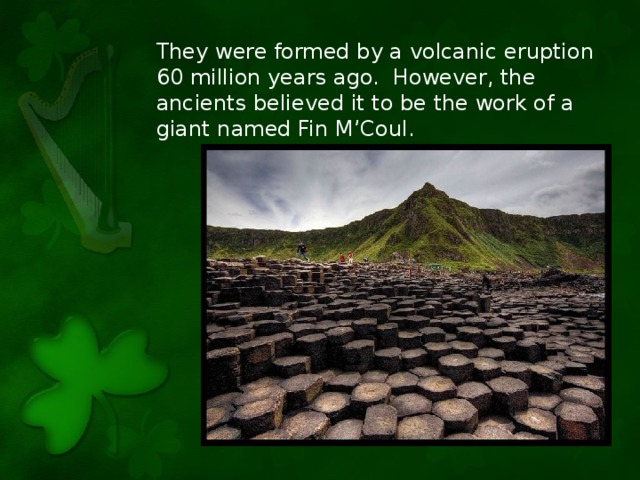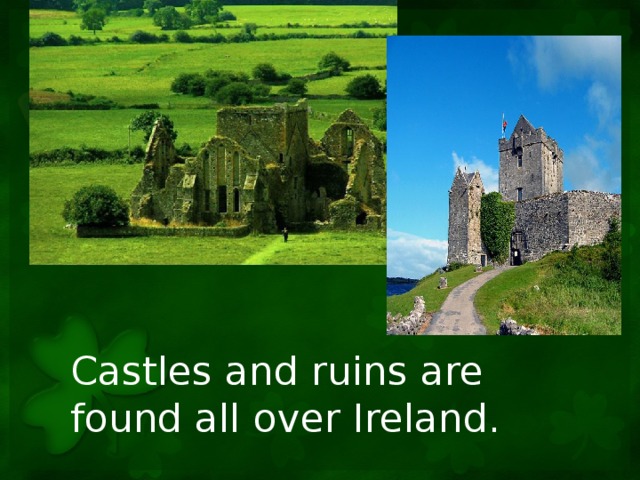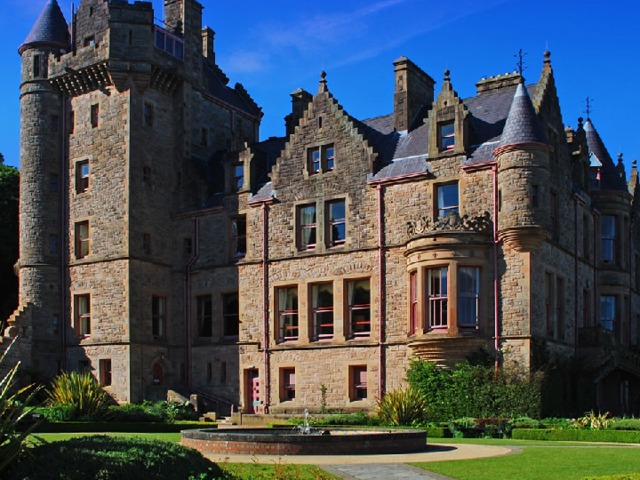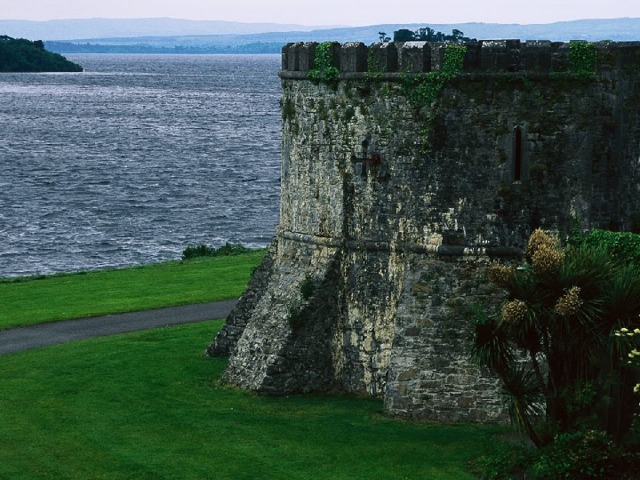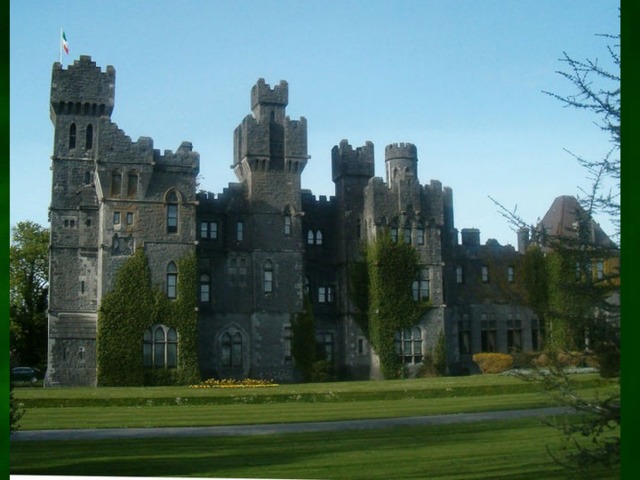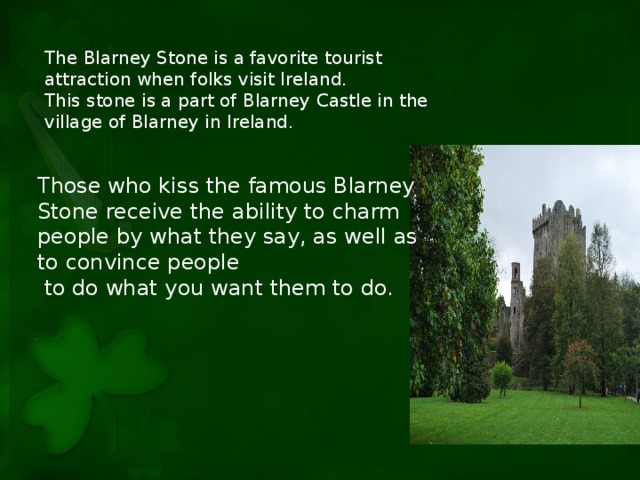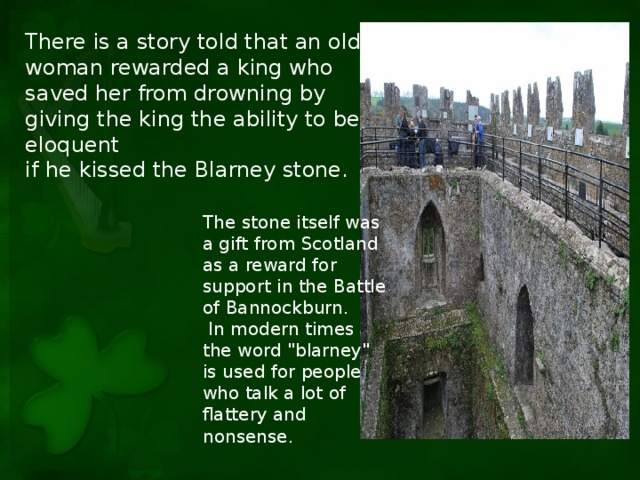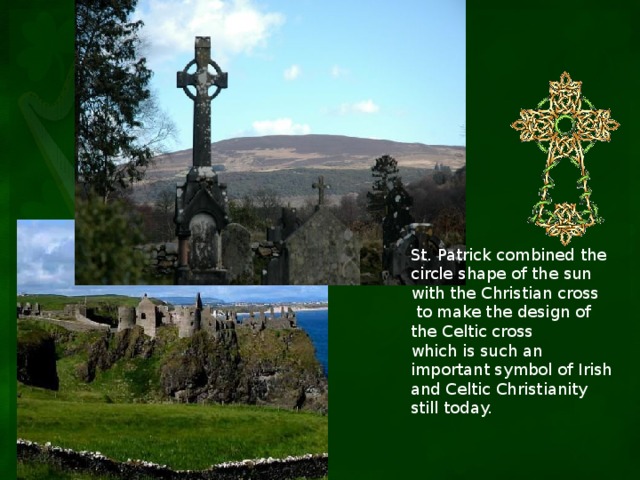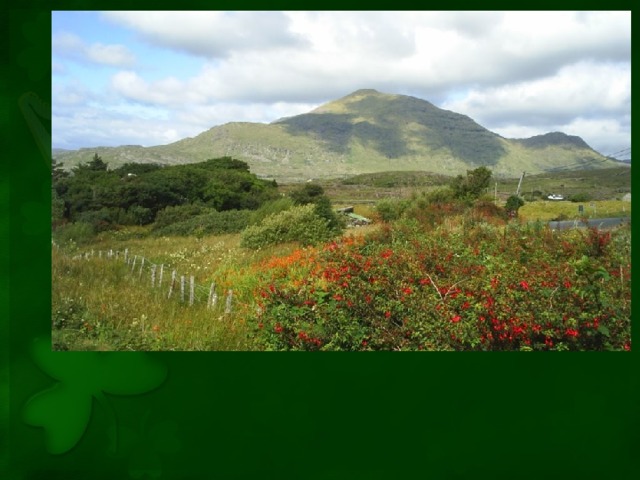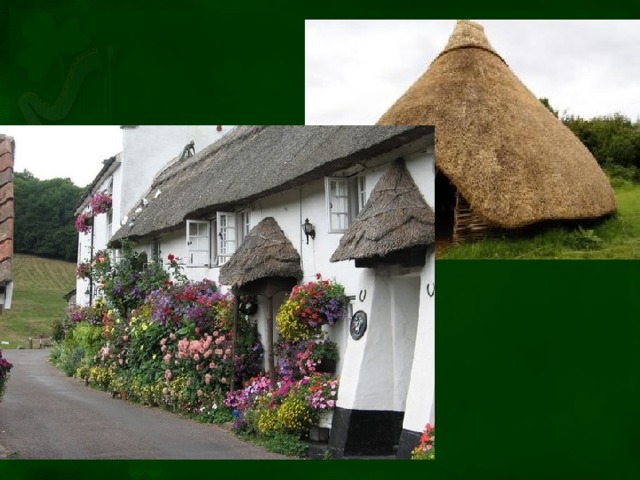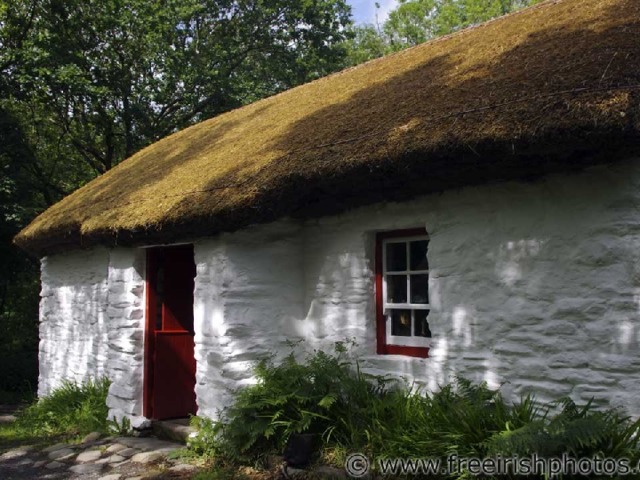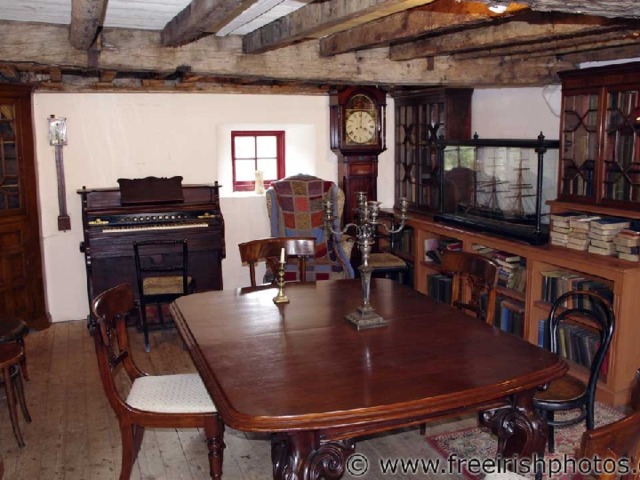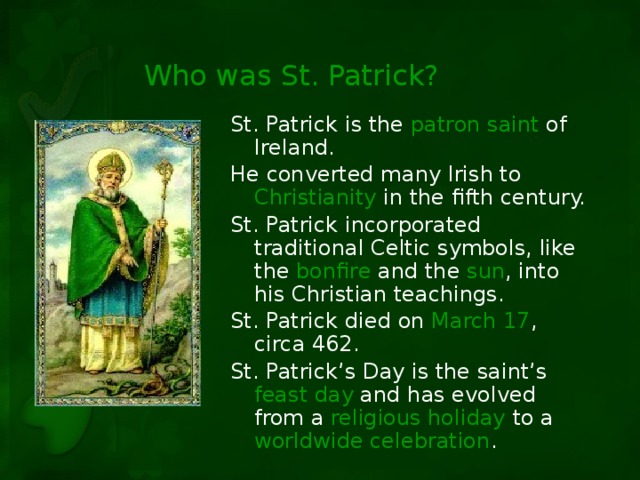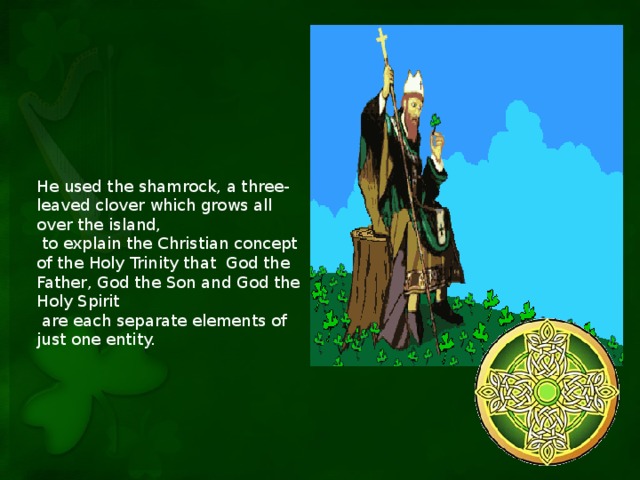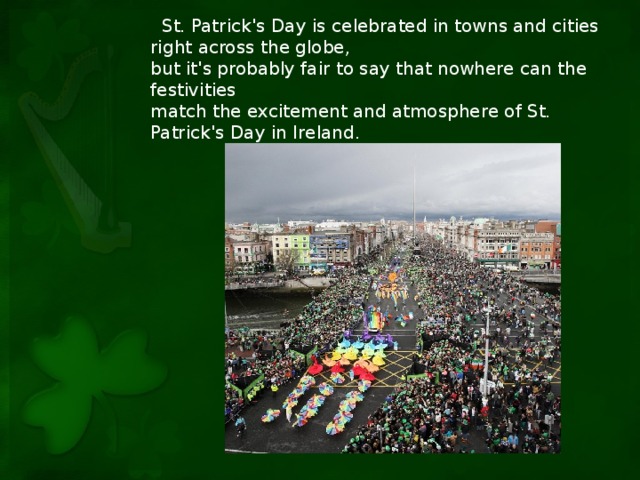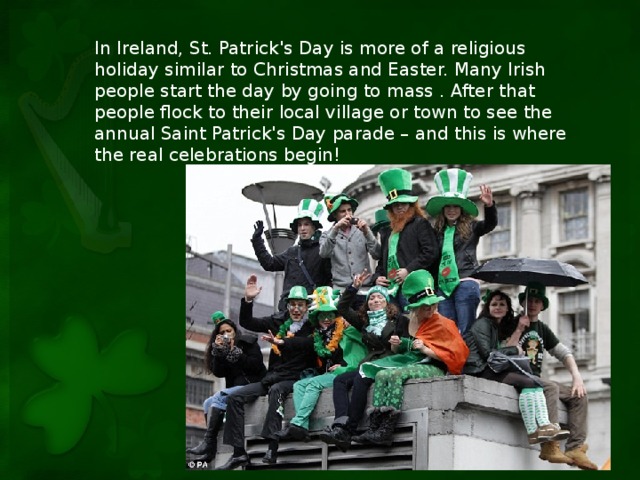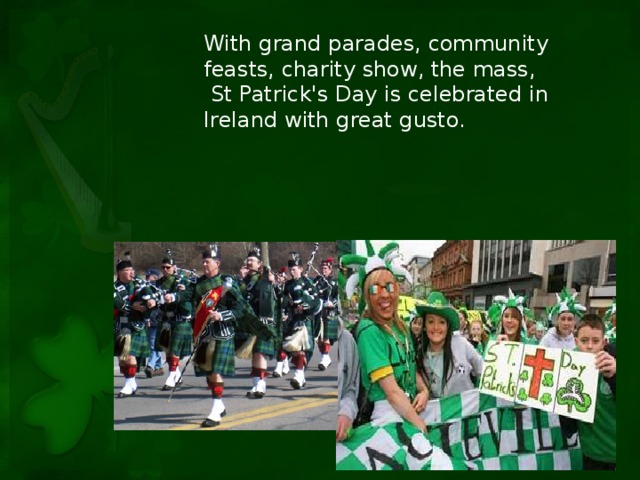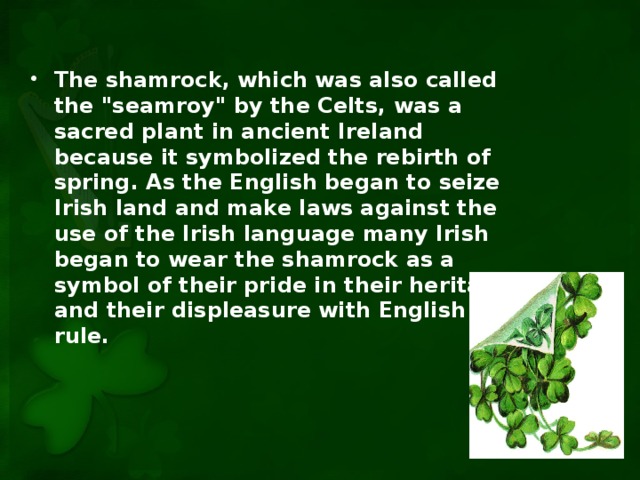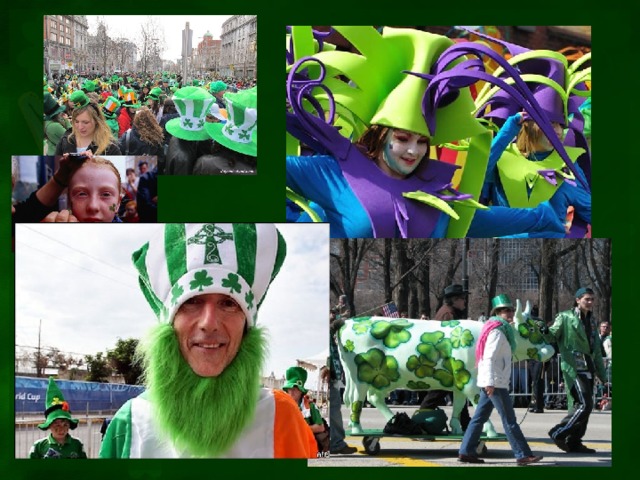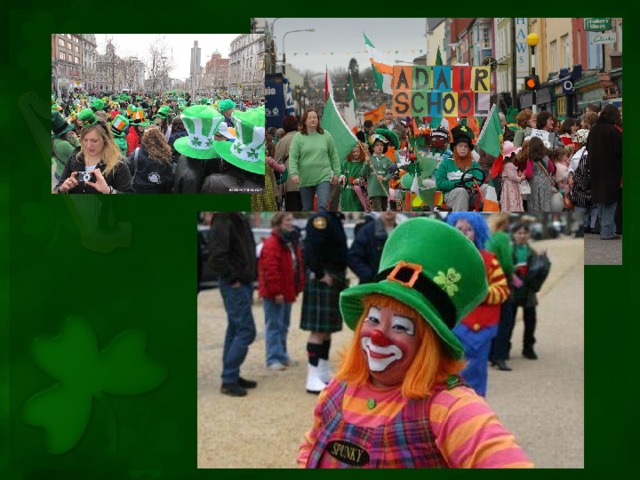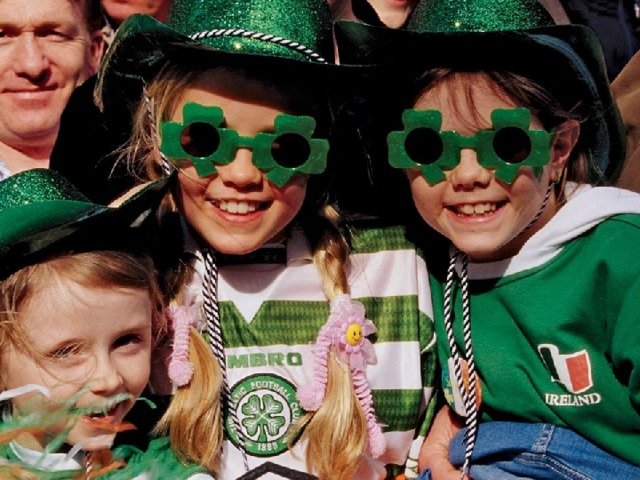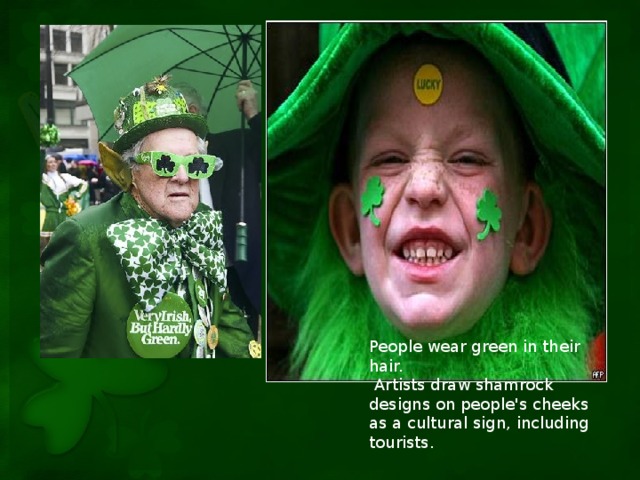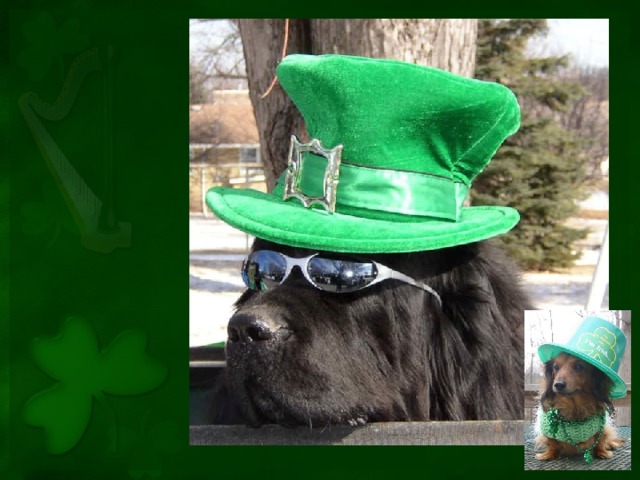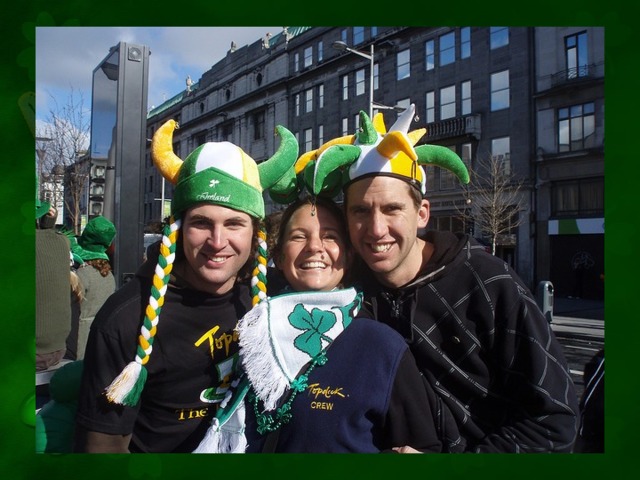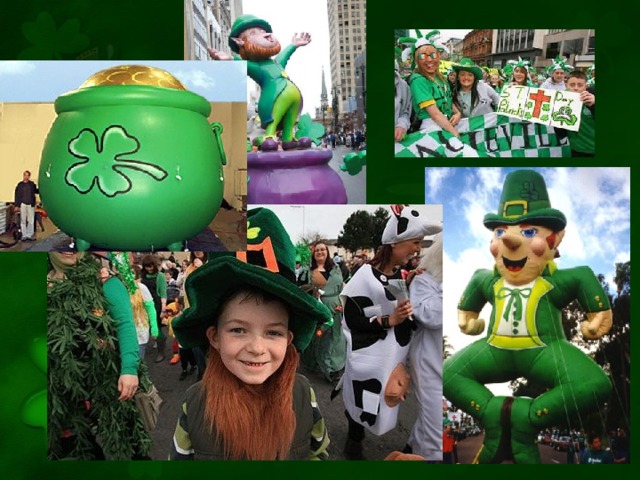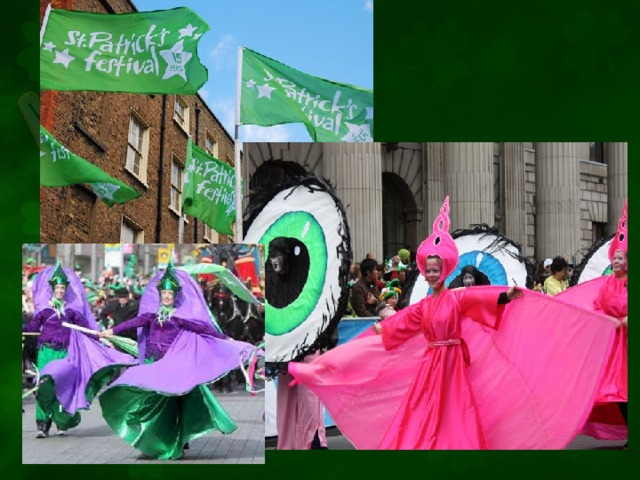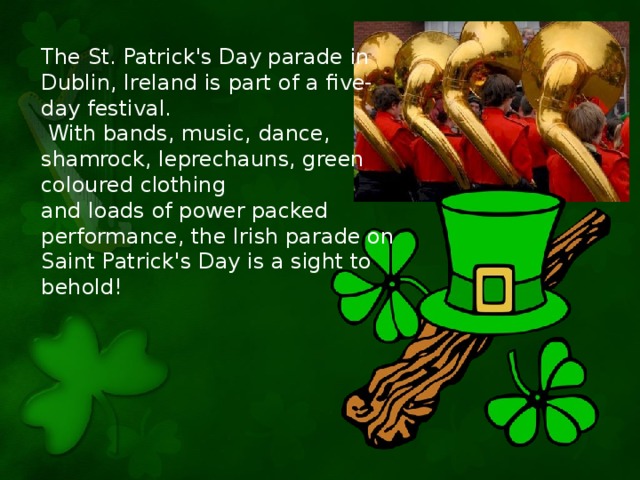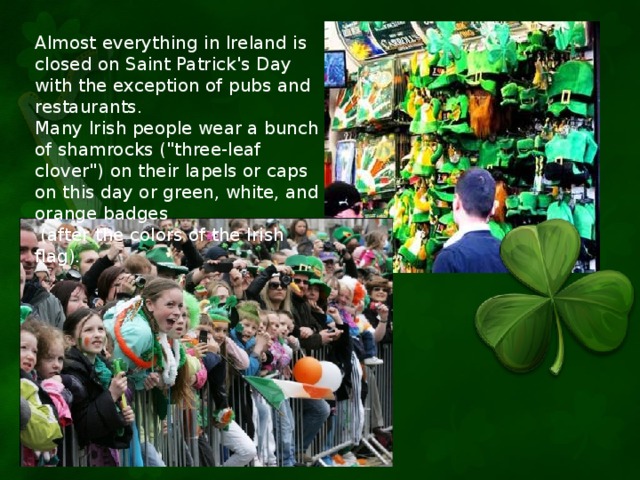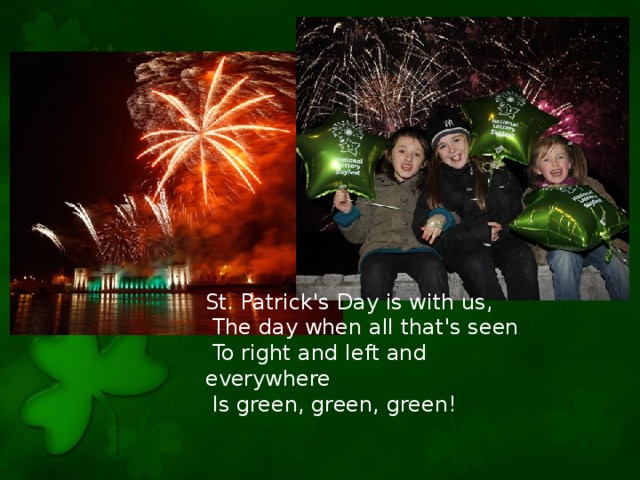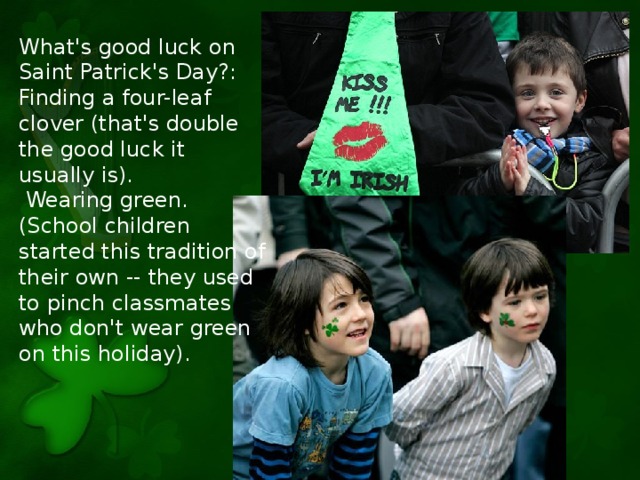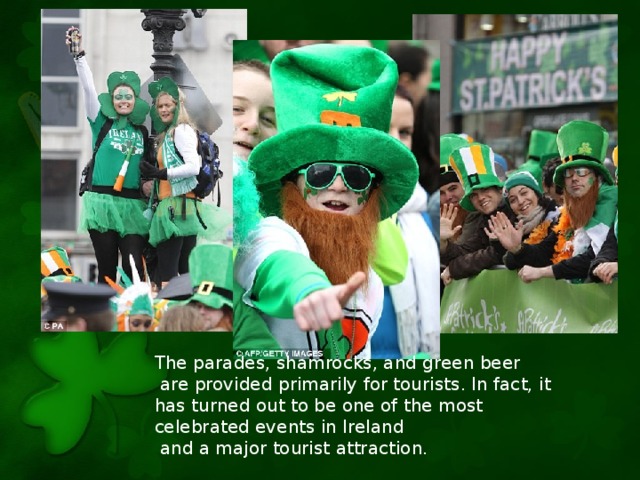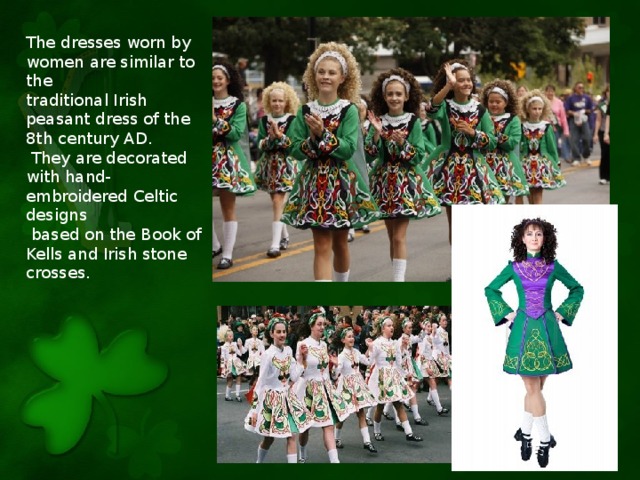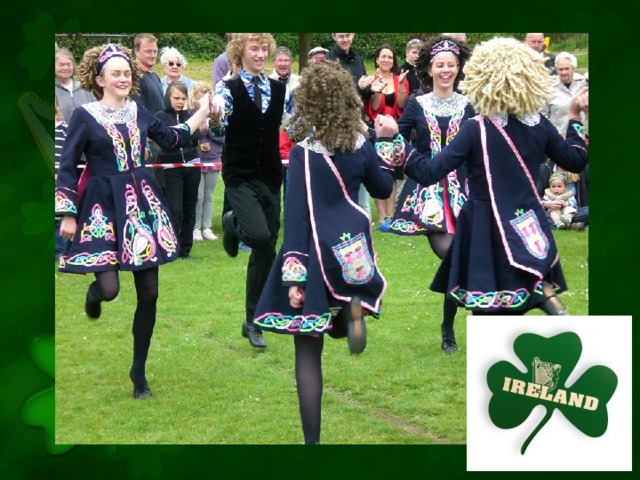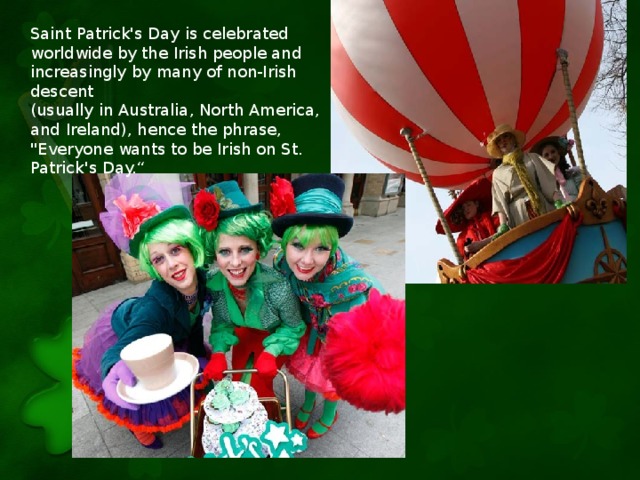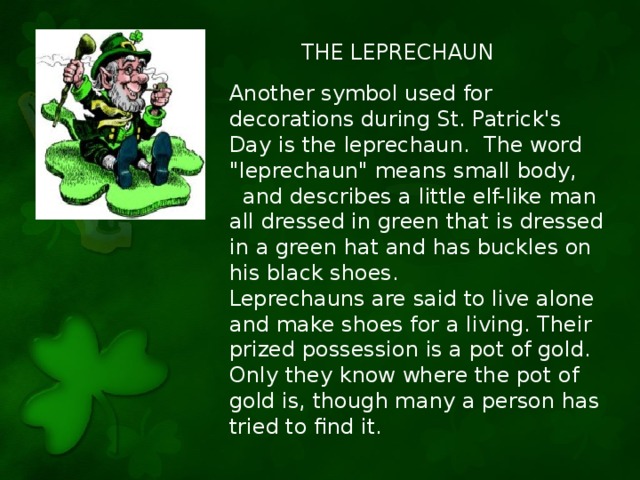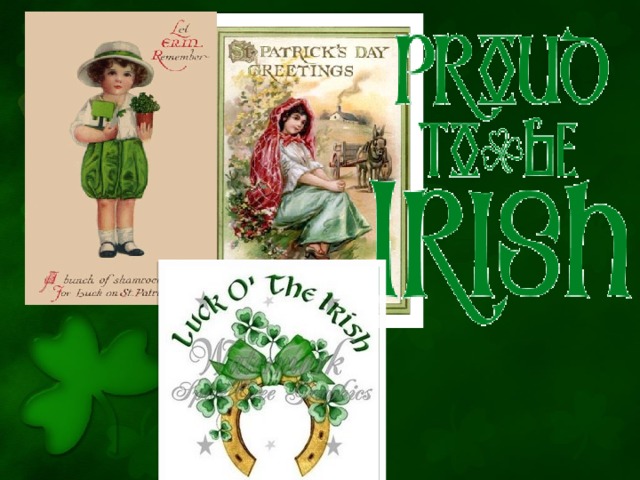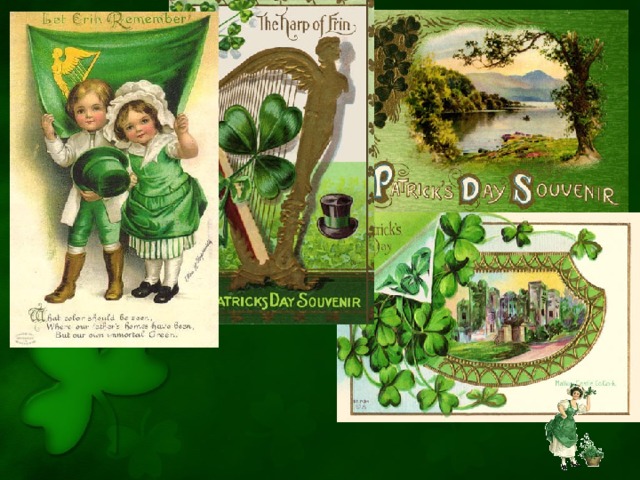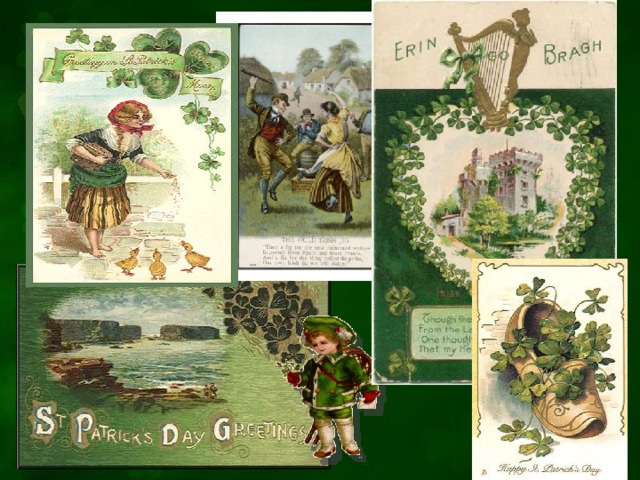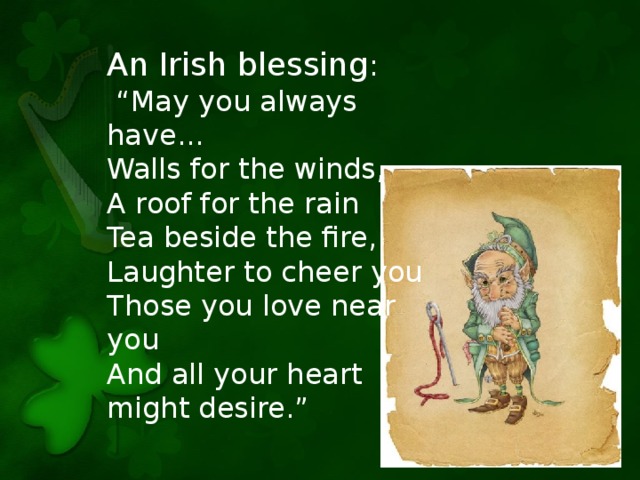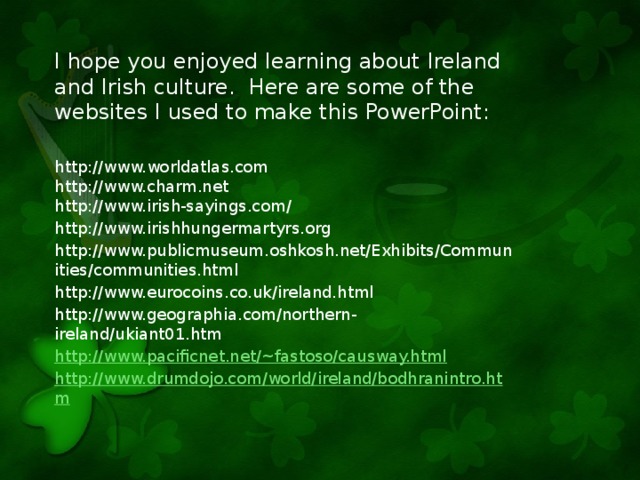Создайте Ваш сайт учителя Видеоуроки Олимпиады Вебинары для учителей
Урок английского языка в 7 классе «Познакомьтесь с Ирландией - изумрудной красавицей».
УМК «Enjoy English-7»
Предмет: Английский язык.
Авторы учебника: Биболетова М.З.,Трубанева Н.Н.
Класс: 7
Тип урока: обобщающий
Тема: «Meet Ireland, the Emerald Beauty»
Цель: коммуникативно-речевое развитие учащихся через сообщение знаний об англоязычной стране
Задачи:
Речевая компетенция: развивать навыки аудирования, чтения с полным пониманием, письма, произносительные навыки монологической речи.
Языковая компетенция: повторение пассивного залога, форм неправильных глаголов, лексики по теме «Meet the winners of the International Teenagers’ Competition».
Социокультурная компетенция: познакомить с англоязычной страной Ирландией.
Компенсаторная компетенция: развивать воображение, творческое мышление, память.
Учебно-познавательная компетенция: развивать навыки работы с текстом, умение выделять основную информацию из просмотренных презентации и ролика об Ирландии.
Познавательный аспект: познакомить учащихся с традициями и культурой страны изучаемого языка.
Развивающий аспект: развивать психические функции, связанные с речевой деятельностью (внимание, логическое мышление, способность к выявлению языковых закономерностей, зрительную и слуховую память).
Учебный аспект: овладевать всеми видами речевой деятельности: говорением, аудированием, чтением и письмом.
Воспитательный аспект: повышать интерес к изучению английского языка, воспитывать культуру языкового общения, уважительного отношения к культуре другого народа, толерантность.
Языковой материал: слова, речевые образцы, монологические и диалогические высказывания по теме «Meet the winners of the International Teenagers’ Competition».
Оборудование: мультимедиа (ролик канала History) ,презентация, песня для физкультминутки.
План урока:
1. Организационный момент. Эмоциональный настрой.
2. Постановка учебной проблемы.
3. Знакомство с Ирландией (презентация, комментируемая учителем).
4. Физкультминутка.
5. Совершенствование навыков чтения.
6. Грамматическая игра.
7. Практика диалогической речи.
8. Рефлексия деятельности.
9. Творческое домашнее задание.
Вы уже знаете о суперспособностях современного учителя?
Тратить минимум сил на подготовку и проведение уроков.
Быстро и объективно проверять знания учащихся.
Сделать изучение нового материала максимально понятным.
Избавить себя от подбора заданий и их проверки после уроков.
Наладить дисциплину на своих уроках.
Получить возможность работать творчески.
Просмотр содержимого документа
«my lesson»
Просмотр содержимого презентации
«приложение»
Полезное для учителя
Распродажа видеоуроков!
1880 руб.
2690 руб.
1940 руб.
2770 руб.
1880 руб.
2690 руб.
1880 руб.
2690 руб.
ПОЛУЧИТЕ СВИДЕТЕЛЬСТВО МГНОВЕННО
* Свидетельство о публикации выдается БЕСПЛАТНО, СРАЗУ же после добавления Вами Вашей работы на сайт
Удобный поиск материалов для учителей
Проверка свидетельства
